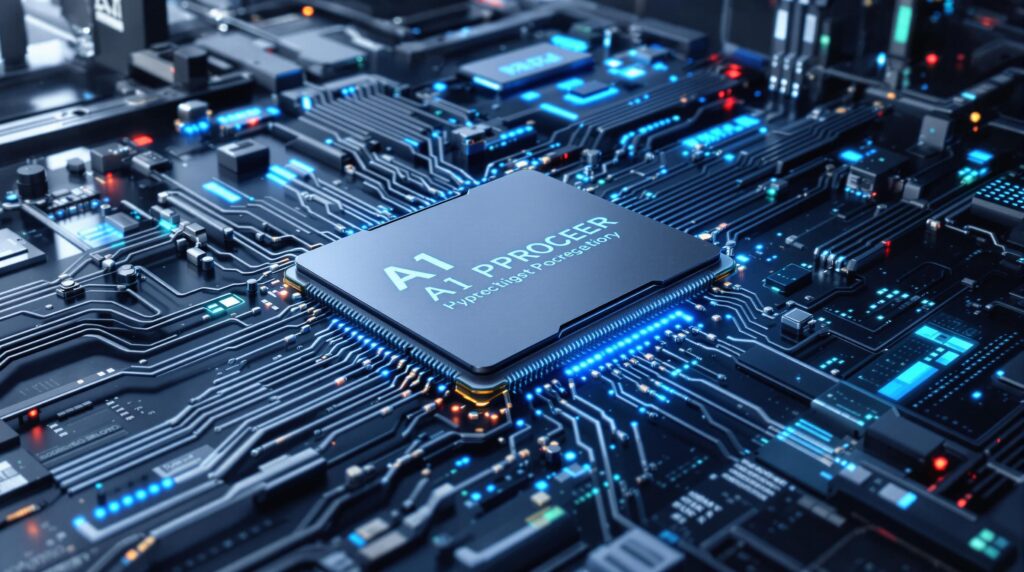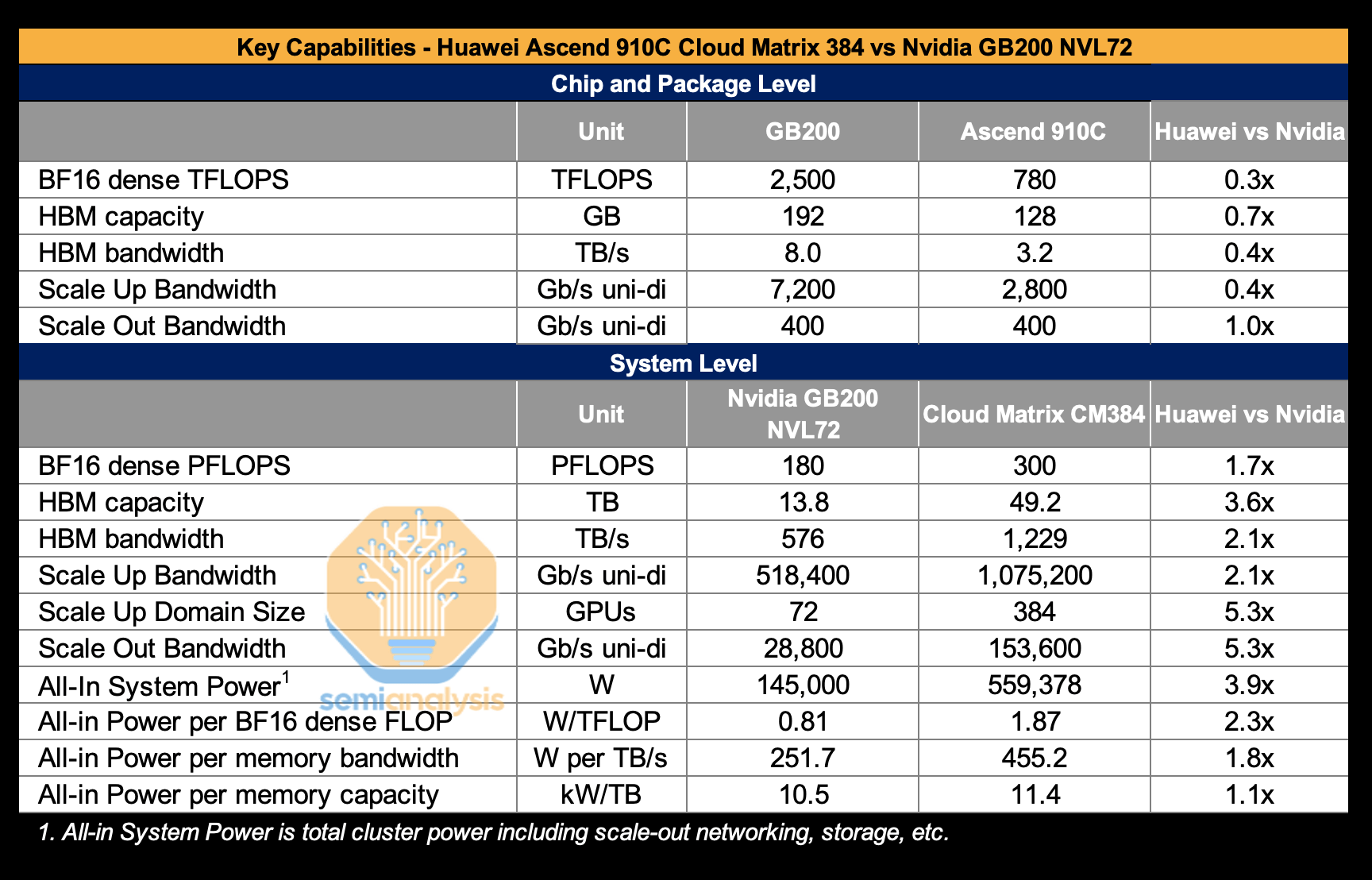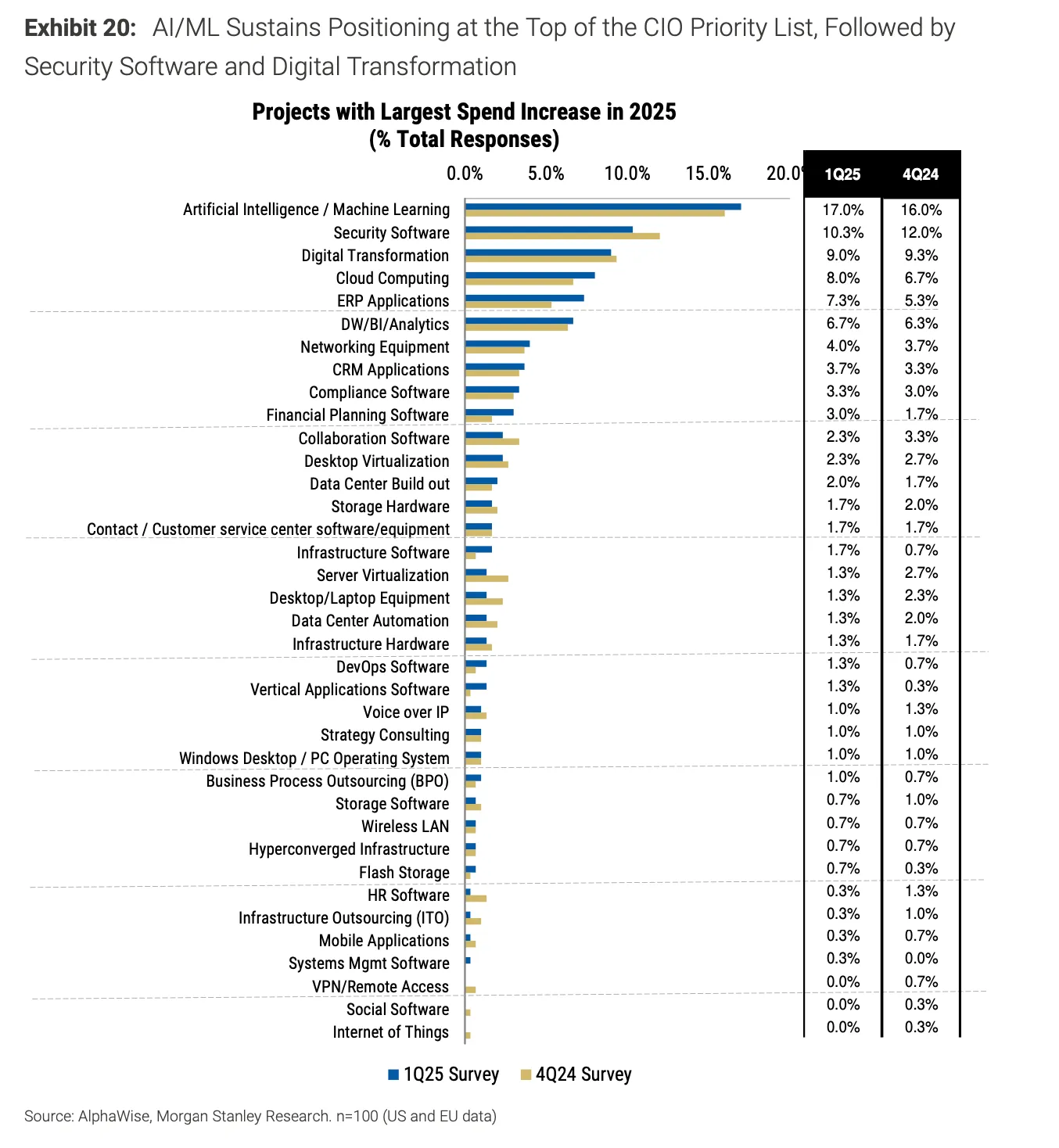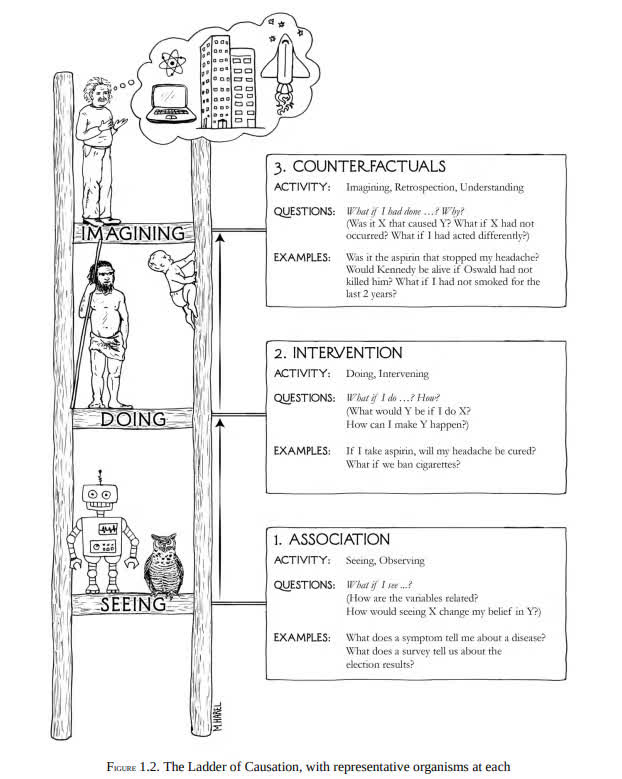20250419 – Unveiling AI Frontiers: Advances, Challenges, and Paradigm Shifts

Dive into the transformative world of AI through a collection of insights exploring significant advancements and ongoing challenges. From OpenAI’s breakthrough o3 reasoning model and mechanistic interpretability by Goodfire, to Huawei’s strategic AI innovations and the rise of foundation models, each entry highlights a pivotal trend. Explore how causal AI might lead us to AGI, underscoring the necessity of profound understanding and transparency in AI evolution.
1. Vibe Check: o3 Is Here—And It’s Great
The author shares their positive experience with OpenAI’s new reasoning model, o3, highlighting its speed, intelligence, and ability to handle complex tasks like coding, research, and analysis. They describe o3 as a significant improvement over previous models, noting its capability to perform multi-step tasks efficiently and its integration with ChatGPT tools, which enhances its functionality. Despite some limitations, the author considers o3 a major advancement in AI technology, offering a seamless and powerful user experience.
Read more: https://every.to/chain-of-thought/vibe-check-o3-is-out-and-it-s-great

2. Leading Goodfire’s $50M Series A to Interpret How AI Models Think
Rich Sutton’s essay, “The Bitter Lesson,” highlights that significant AI advancements come from scaling computation through search and learning, but as AI models grow, they become more opaque and difficult to understand. Goodfire, a company focused on mechanistic interpretability research, aims to address this issue by reverse-engineering neural networks to make AI behavior more transparent and controllable. Menlo Ventures is leading a $50M Series A investment in Goodfire, which has developed a platform called Ember to decode AI models, allowing for better understanding and application of AI technologies.
Read more: https://menlovc.com/perspective/leading-goodfires-50m-series-a-to-interpret-how-ai-models-think/

3. o3 and o4-mini – they’re great, but easy to over-hype
The video provides a critical analysis of the new ChatGPT models, o3 and o4-mini, highlighting their impressive capabilities but also cautioning against over-hyping them. While these models can perform complex tasks quickly, they still have limitations and are not yet at the level of Artificial General Intelligence (AGI). The analysis emphasizes the importance of understanding the data and context behind these models, as well as the ongoing improvements in reinforcement learning.
Read more: https://youtube.com/watch?v=3aRRYQEb99s

4. Huawei AI CloudMatrix 384 – China’s Answer to Nvidia GB200 NVL72
Huawei has introduced the CloudMatrix 384, a powerful AI system built with Ascend 910C chips, which competes with Nvidia’s solutions and excels in certain metrics. Despite being a generation behind in chip technology, Huawei’s system-level innovations in networking, optics, and software make it a formidable competitor, especially given China’s lack of power constraints. However, the production of these chips heavily relies on foreign components and technologies, highlighting China’s ongoing challenges in achieving complete semiconductor independence.
Read more: https://semianalysis.com/2025/04/16/huawei-ai-cloudmatrix-384-chinas-answer-to-nvidia-gb200-nvl72/

5. Foundation Models Soar Even as the Economy Unravels
Tom Dotan, a former Wall Street Journal writer, is now freelancing for Newcomer, focusing on AI, venture capital, and the impact of big tech on startups. In his first piece, he highlights the strong performance of foundation model companies like OpenAI and Anthropic in the first quarter, noting significant revenue growth and advancements in AI models. Despite concerns about the sustainability of AI company valuations, the overall market is larger than expected, with businesses increasing their spending on AI and machine learning projects.
Read more: https://www.newcomer.co/p/foundation-models-soar-even-as-the

6. Topic 36: What is Causal AI?
Causal AI is a branch of artificial intelligence that focuses on understanding cause-and-effect relationships, enabling it to answer complex questions about what might happen if certain actions are taken. Unlike traditional AI, which primarily identifies patterns and makes predictions based on correlations, Causal AI seeks to explain and intervene by identifying how changes in one factor can influence others. This approach is seen as crucial for advancing AI towards human-like reasoning and potentially achieving Artificial General Intelligence (AGI).
Read more: https://feedyour.email/posts/7yyv06gpn8nhoztixt050sll

That’s all for today’s Curated AI-Native Blogs and Podcasts. Join us at AI Native Foundation Membership Dashboard for the latest insights on AI Native, or follow our linkedin account at AI Native Foundation and our twitter account at AINativeF.